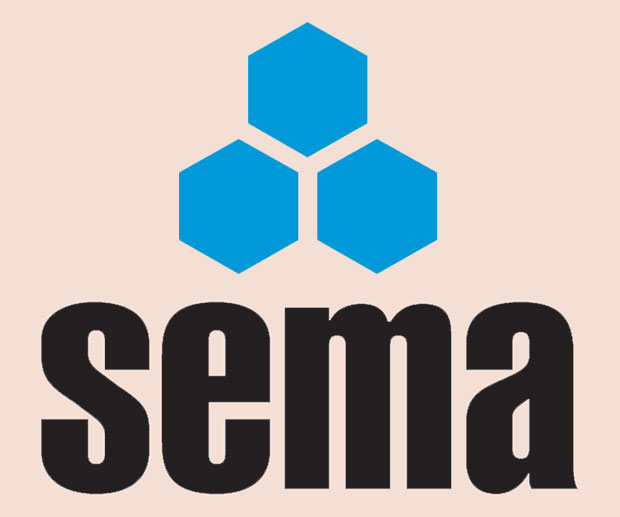The first question this month asks about Damage Limitations and our second looks at Correct Splicing Procedures.
 Damage Limitations
Damage Limitations
Q. I have a few sections of racking with damage to uprights and bracing members at low level, 2 or 3 foot off the floor, this has now been emptied and requires repairing / replacing. Some personnel would like to rotate the racking so the damage is at the top and continue to use the racking, I feel from advice of others that the racking SWL / structural strength is still compromised?
A. Firstly you cannot simply turn the frame upside down as the frame bracings will almost certainly be in the wrong position and this has structural consequences. With some types of upright it is possible to invert the upright while leaving the bracing as it is but you need to check the following.
The slot in the Upright front needs to be symmetrical. If it is wider at the top than the bottom then inverting the upright is not an option.
If the slot in the upright has sloping sides, then the dimension between the slots on either side of the upright must get smaller down the length of the slot i.e. the slope must point towards the floor to form a type of ‘\ /’ shape.
When you rotate the upright the damage needs to be above the topmost beam level in the rack.
You should check with your supplier who should be able to give some advice on what is, and is not, possible along with a logical explanation justifying that advice. In any case it would be wise to involve your supplier and SEIRS qualified installers as, whilst the repair and modification of racking might appear simple, there are many potential pitfalls.
Correct Splicing Procedure
Q. Having recently attended the Rack Safety Awareness Course, I am currently carrying out an inspection of our racking. Several of the uprights have been spliced and I would welcome some guidance relating to this topic e.g.:
Are there rules relating to splicing?
Should the splice be at the top or bottom of the upright or does it not matter?
A. Manufacturers of pallet racking all have specific splice requirements based on the actual design and structural performance of their splice and the upright. There are no industry rules on the number of bolts or any other specific design requirements; there are only general requirements that the splice must be structurally acceptable.
If the splice design relies on end bearing between the upper and lower uprights (which mostly it does) then there will be a requirement for the quality and location of the end cut to be of a suitable standard to ensure that the uprights transfer load in bearing as designed.
You should contact the manufacturer of your racking, or their agent, and ensure that the appropriate splicing procedure is carried out.
SEMA Rack Safety Awareness Inspection Courses
SEMA runs a one-day safety course on Rack Safety Awareness and Inspection. These courses are aimed at end users, giving an in-depth look at the need for inspections, how to conduct an assessment and what actions to take when this is completed. These courses are held at the SEMA headquarters in Burntwood, Staffordshire, but arrangements can be made to hold them at the delegates’ premises.
This qualification is aimed at professionals who conduct rack surveys as an integral and significant part of their duties. It involves delegates in undertaking an in-depth SEMA Course, together with an examination and practical assessment. CPD will be an important part of the qualification, demonstrating to end users that SEMA Approved Inspectors maintain a high professional standard.
SEMA Publications
SEMA has 26 publications in stock – Codes of Practice, ‘Guides’ and European documents – all of which are available to purchase online. For further information on these documents contact SEMA or visit our website, www.sema.org.uk.
SEMA




Comments are closed.